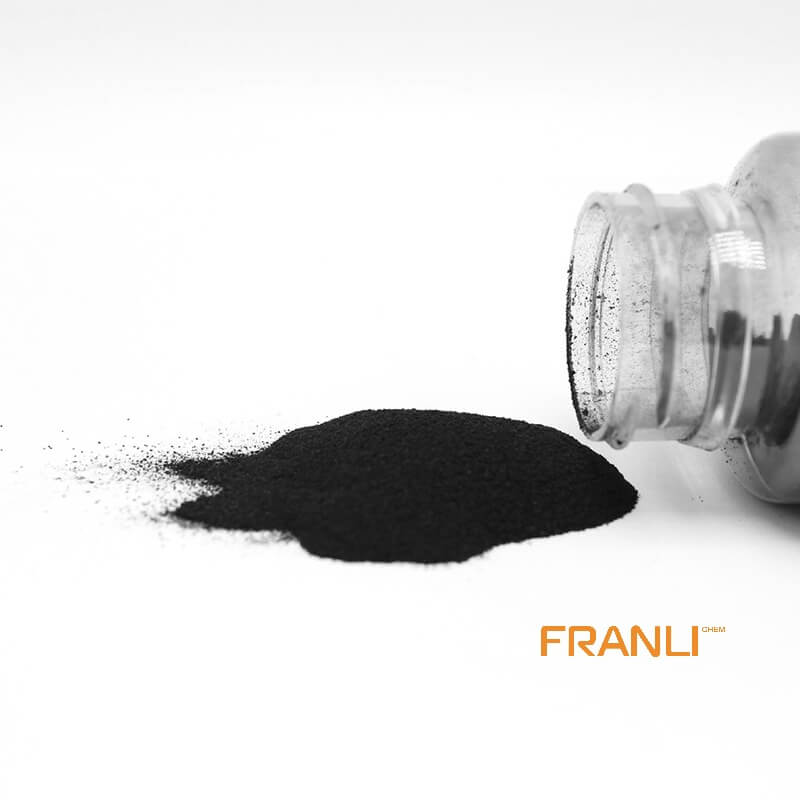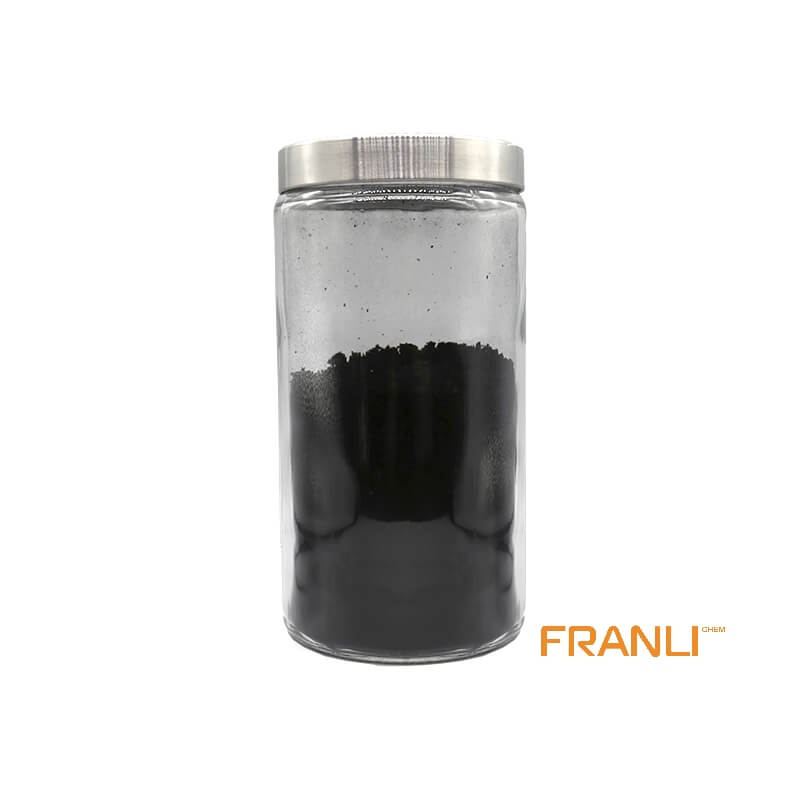

Graphene
Size
1-2nm thick x 0.5-5microns wide
Package
According to customer requirements
Features
High strength, high electrical conductivity, etc.
Application
Can be used as filler(between 0.01% and 5%).
Graphene, as the thinnest, toughest and best conductive nano material found at present. It is a two-dimensional crystal composed of carbon atoms stripped from graphite material with only one layer of atom thickness. Known as “black gold”, it is “the king of new materials”. Scientists even predicted that graphene “will completely change the 21st century”.
Request a quoteWhat is graphene?It is a two-dimensional crystal material composed of a single layer of carbon atoms. It is the thinnest material found so far. Its thickness is about 0.335 nm. It has a large theoretical specific surface area, excellent light transmission, and high tensile strength. Elastic modulus, extremely high strength, extremely high thermal conductivity, excellent electrical conductivity, etc. Graphene with its excellent properties is used for plastic modification, especially thermosetting resins.

Graphene ‘s functions for plastic
Graphene commensurate its properties. It can be used in plastic.
(1)Antistatic: As an emerging conductive filler, graphene not only has excellent mechanical properties, but also has a very high electron mobility and a large aspect ratio. When filled into a plastic matrix, a long-lasting antistatic plastic with high conductivity and low percolation concentration can be obtained. In particular, graphene is easier to disperse in polymer matrices than carbon nanotubes due to its large lateral size and unique two-dimensional planar structure. For example, using dioctyl phthalate as the ball milling medium and plasticizer, the graphene obtained by ball milling natural graphite is directly melted and compounded with PVC, and PVC can be obtained when the mass fraction of graphene prepared by this method is only 0.8%. /Graphene antistatic composite material, the composite material maintains excellent mechanical properties and is suitable for large-scale preparation. For graphite, its mass fraction needs to reach 7% to meet the antistatic requirements of PVC.
(2)Heat conduction: Graphene not only plays an important role in electrical conductivity, but also shows great application prospects in the development of polymer composites with high thermal conductivity. Because graphene transmits through phonons, it has extremely high thermal conductivity. After adding it to plastics, the thermal conductivity of plastics can be increased from 0.1 to 0.5 W/(m K) to 5 to 10 W/( m K), increased by more than 10 times, so that plastics can be used in the fields of heat dissipation parts of LED lamps, automobile heat dissipation parts, electronic appliance heat dissipation housings, etc., replacing some commonly used heat dissipation materials such as metal aluminum, thereby promoting the lightweight of devices. It has attracted great attention from academia and industry.

(3)Enhancement: In addition to the above-mentioned graphene that can provide plastics with electrical and thermal properties, it can also endow plastics with excellent mechanical properties. At present, graphene has been applied in the field of foamed plastics, and has been used in packaging, military industry and other fields. It also uses the high-strength properties of graphene to develop new types of graphene cars, using graphene composite plastics as the skeleton and structure of cars. components to meet the needs of automobiles for lightweight development and low energy consumption.
Although graphene has excellent mechanical properties, due to the large specific surface area and the existence of van der Waals force, nanoparticles are easy to agglomerate, and agglomeration will occur during melt blending with polymers, which has become a difficulty in the preparation of composite materials. To take full advantage of reinforcements in composites, improved dispersion and enhanced interfacial interactions are crucial.
(4)Gas barrier: The gas barrier properties of polymer nanocomposites are mainly determined by three factors: filler properties (gas diffusion resistance, aspect ratio, and volume fraction), intrinsic barrier properties of the polymer matrix, and dispersion quality (agglomeration/specific interface, intermediate interface formation free volume and structure/orientation of filler sheets). Among them, the penetration of substances such as oxygen, carbon dioxide and organic vapor in the polymer film has an important impact on its performance. The barrier properties of the polymer can be significantly enhanced by adding impermeable layered fillers (such as clay and graphene), graphite Oxene has high transparency, relatively large aspect ratio, and large specific surface area. When it is completely exfoliated and dispersed in polymer nanocomposites, it will allow gas permeation molecules to go through a longer path, which can greatly improve the gas permeability of plastics. Barrier.
At present, the Franli factory uses excellent preparation methods to realize the controllable preparation of graphene, and obtain graphene with high purity and good crystallinity, which is an important basis for the construction of graphene products. It can be seen that the high-quality graphene of this factory has been applied in many fields, the performance is good, if you need to contact us, we will provide affordable prices.



